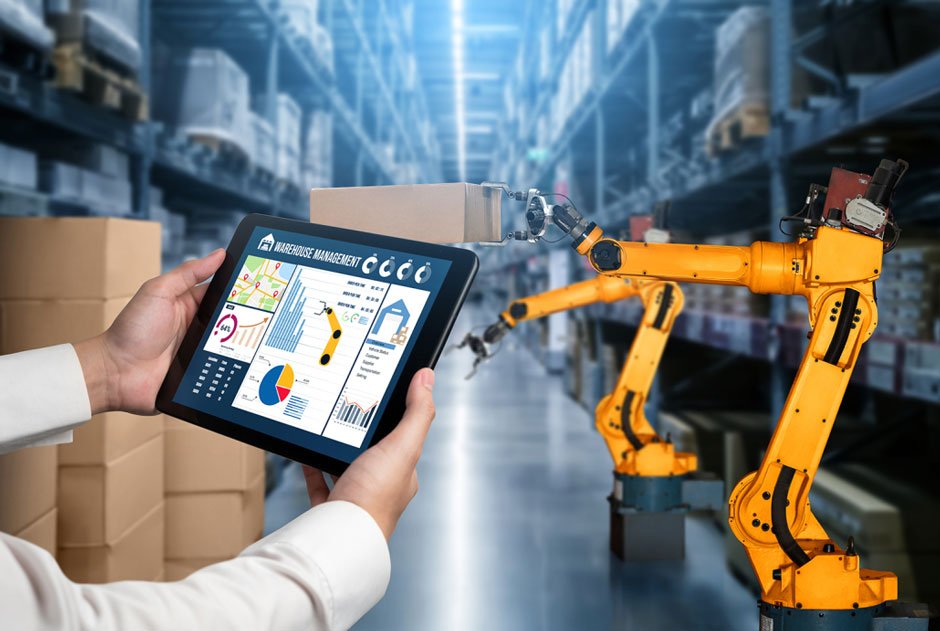In the current industrial landscape, the adoption of robotics has become a critical factor for success in automation. From assembly lines to intricate quality control processes, the right robotic systems not only enhance efficiency but also redefine productivity and operational dynamics. As businesses across various sectors increasingly integrate robotics into their operations, understanding the importance of selecting appropriate robotic solutions becomes paramount. This article explores why choosing the right robots for specific applications in automation is essential and outlines the factors influencing these decisions.
Enhancing Efficiency and Productivity
The primary motivation for integrating robotics in industrial automation is to enhance efficiency. Robots are designed to perform tasks faster and more accurately than human workers, especially in repetitive and high-volume production scenarios. For instance, in automotive manufacturing, robots perform tasks such as welding and painting with precision and consistency, significantly increasing production rates and reducing human error. The right robotic system tailored to specific manufacturing needs can drastically cut down cycle times and increase throughput, providing a substantial competitive edge.
Adapting to Complex Operations
Modern manufacturing and production processes often involve complex operations that require high precision and flexibility. Robots equipped with advanced sensors and artificial intelligence capabilities can adapt to varying operational demands, handle multiple tasks, and make autonomous decisions based on real-time data. For example, in electronics manufacturing, where components are becoming increasingly miniaturized, robots perform intricate assembly tasks that are beyond human dexterity. Selecting robots with the right capabilities ensures that they can effectively adapt to and manage the complexities of modern automated environments.
Reducing Costs and Increasing ROI
While the initial investment in robotic systems can be significant, the long-term cost savings and return on investment (ROI) they offer are considerable. Robots reduce labor costs, particularly in high-wage economies, and minimize the incidence of errors and waste materials. Moreover, robots can operate continuously over long periods without fatigue, further enhancing productivity. Choosing the right robots—those that are reliable, easy to maintain, and versatile—can lead to substantial reductions in operational costs and a quicker ROI, making them a valuable asset for any automated operation.
Improving Workplace Safety and Ergonomics
Robots significantly contribute to workplace safety by performing dangerous tasks that would otherwise expose human workers to potential harm. In industries such as mining, construction, and heavy manufacturing, robots can operate in hazardous environments, handling toxic materials or operating in extreme conditions without the risks associated with human injury. Furthermore, robots can take on physically demanding tasks, reducing the physical strain on human employees and improving overall workplace ergonomics. Selecting robots that are specifically designed for such tasks ensures that safety and ergonomic benefits are maximized.
Customization and Scalability
As businesses grow and production demands evolve, the scalability of robotic systems becomes crucial. The right robots are not only effective at current levels of operation but can also be scaled or adapted as business needs change. This might involve software updates, additional robotic units, or modular systems that can be expanded over time. Additionally, certain robots offer high customization options, allowing them to be reprogrammed for different tasks or integrated with other technologies. This adaptability is particularly important in industries experiencing rapid technological advancements or varying production cycles.
Factors to Consider When Choosing Robots
- **Task Specificity**: Identify the specific tasks the robot will perform. Different robots excel in different areas; some are better suited for heavy lifting, while others excel in precision tasks.
- **Integration Capability**: Assess how easily the robot can integrate with existing systems. Compatibility with current automation infrastructure is crucial to ensure seamless operations.
- **Flexibility and Scalability**: Consider whether the robot can adapt to future changes in production. It’s important to select a robot that can grow with your business needs.
- **Ease of Programming and Maintenance**: Evaluate the learning curve for programming the robots and the ease of ongoing maintenance. Robots that are user-friendly and require minimal downtime for maintenance and repairs provide greater value.
- **Cost**: While cost should not be the only criterion, it’s important to consider the total cost of ownership, including maintenance, power usage, and potential downtime.
Conclusion
The decision to integrate robots into industrial automation is a significant one that can profoundly impact a company’s operational dynamics, productivity, and financial bottom line. Choosing the right robots for specific applications is not merely a technical decision but a strategic one that requires careful consideration of a variety of factors. By selecting appropriate robotic solutions, companies can not only achieve immediate improvements in efficiency and safety but also position themselves for future growth and innovation in an increasingly automated world. The strategic selection of robots, therefore, is not just about automation—it’s about building a resilient and dynamic foundation for sustained industrial success.







